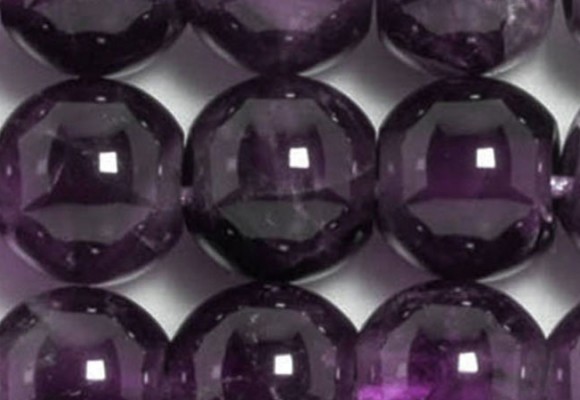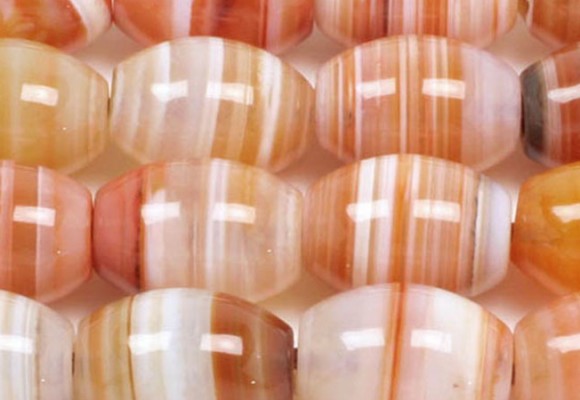Gemstones - Healing Properties & Features
Gemstones - Healing Properties & Features - CultureTaste BlackBoard - Read or submit an article
Agate - History & Properties
Agate (“achatis” in Greek) took its name from the Achates river (known today as Dirillo) in Sicily, as Theofrastos, discovered this stone along the shores of this river.Read More
2017-07-29 Gemstones - Healing...Amazonite - History & Properties
Amazonite is an opaque gemstone, a feldspar variety, in green-blue shades. There are two different versions regarding the origin of its name: According the first one, the name derives from the AmazonRead More
2017-07-29 Gemstones - Healing...Amber - History, Types & Properties
The word amber derives from the Arabic word “anbar”. Ancient Greeks called it “electron”, as it has the ability to magnetize small particles when rubbed against a fur cloth and it is interesting to...Read More
2017-07-29 Gemstones - Healing...Amethyst - History & Properties
Amethyst gets its name from the Greek word "amethystos", meaning "not drunken". According to the Greek mythology, Dionysus, the Greek god of wine, was insulted by a human being. So, he sworeRead More
2017-07-29 Gemstones - Healing...Aquamarine - History & Properties
Aquamarine is a transparent to semi-transparent or opaque gemstone, of pale to dark blue or in blue-green shades. It is usually recognized by its hexagonal form and its characteristic color. The...Read More
2017-07-29 Gemstones - Healing...Aragonite - History & Properties
The name aragonite derives from the Spanish province Molina de Aragon, where it has been discovered. Aragonite has been used for many years mainly for the creation of statues,Read More
2017-07-29 Gemstones - Healing...Aventurine - History & Properties
Aventurine is a translucent to opaque quartz variety, usually found in a variety of green shades. The name aventurine derives from the "a ventura" (by chance) discovery of this gemstone.Read More
2017-07-29 Gemstones - Healing...Banded Agate - History & Properties
Banded agate (also known as Botwsana agate), an agate variety in various color combinations, is characterized by its beautiful, colored stripes.Read More
2017-07-29 Gemstones - Healing...Bronzite - History & Properties
Bronzite, an enstatite variety, belongs to the orthopyrexene group of minerals. The name bronzite derives from the stone’s similarity to bronze. It has been used from ancient times, mainly by RomansRead More
2017-07-30 Gemstones - Healing...Carnelian - History & Properties
Carnelian, known as well as cornelian, is an agate variety and gets its name from the word carne -meaning flesh-, as its color often reminds of the color of the flesh, while it is also found in...Read More
2017-07-30 Gemstones - Healing...Chrysoprase - History & Properties
The name chrysoprase derives from the Greek words "chrysos" and "prason". Chrysoprase has been known from ancient times, to ancient Greeks and Romans, who used it to create brooches, bracelets,Read More
2017-07-30 Gemstones - Healing...Coral & Black Coral-Yusr - History & Properties
Coral, the shell remains of sea polyps, namely coral polyps, is considered to be a gemstone. It comes in a variety of colors, from white, pink, coral, red, brown, blue, golden and black, mainlyRead More
2017-07-30 Gemstones - Healing...












